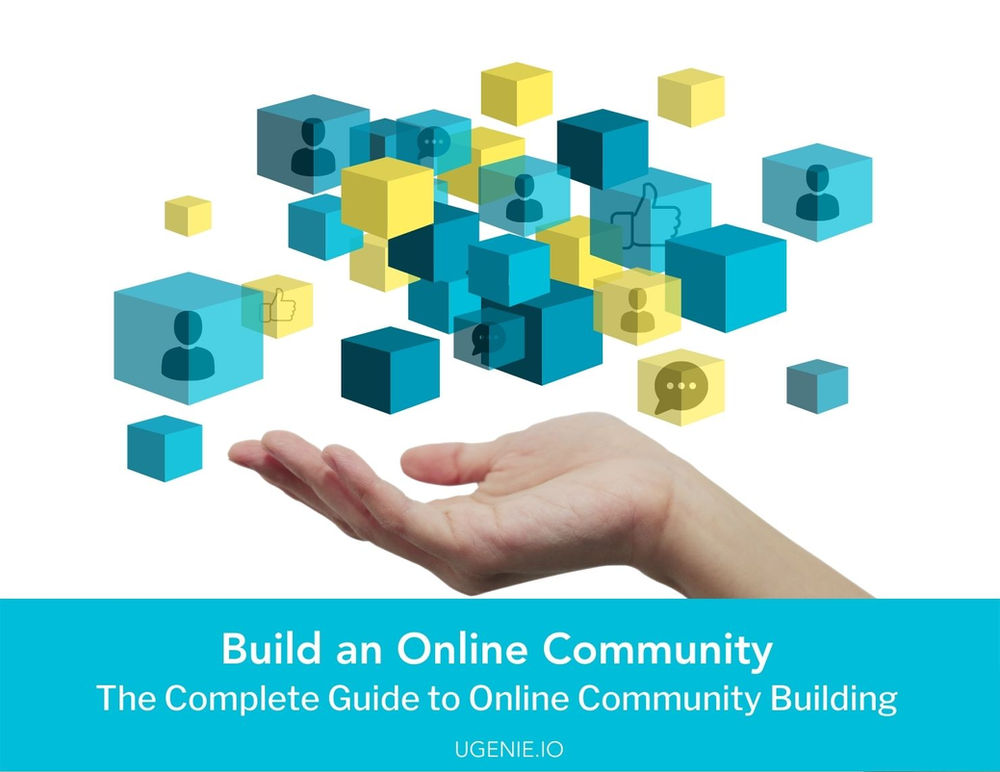How does Ugenie compare to a social media group on WhatsApp, Slack or Facebook?

We’ve all been there – we have just about switched on our phones, when WhatsApp notifications flood our screen, Facebook groups light up with chats from groups we’re a part of and our teams at work have been updating the projects in your slack chatrooms. And that’s only the beginning.
In the ever-evolving and growing world of digital communication, it is crucial for any organisation to remain at the forefront of their audiences’ mind. Finding ways to allow your network to see relevant content being shared in the community means it is critical to embrace an effective solution that cuts through the noise.
With that said, we know that there are so many different solutions out there and finding the one that is right for your brand can seem daunting. So in an effort to make this process easier, we have summarised some of the most popular tools in this space – especially for organisations that don’t necessarily have the big budget of corporate entities.
In our assessment we have taken cost, visibility, customisation, user experience and management functionality into account – we hope it helps you make the right decision for your business (and if it doesn't, speak to one of digital transformation experts to help you decide)!
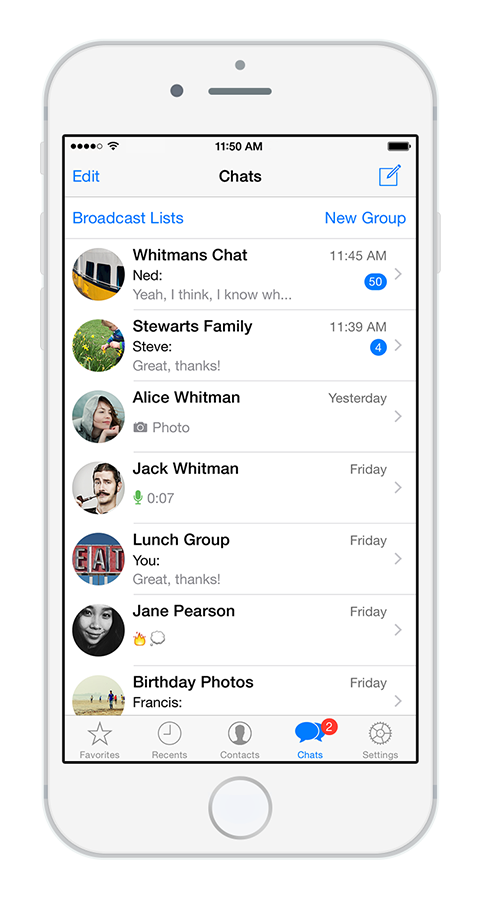
With 1.5 billion users worldwide, WhatsApp is the preeminent chat tool out there (although the recent privacy concerns have seen a mass migration to Signal). In addition to being free, your audience is likely to be familiar with the platform thus making it is easy to set up groups for peer-to-peer conversation.
However, this tool also has various challenges when it comes to effectively communicating and sharing information with a wider network. Content can easily get lost as the number of people in the group grows. And worse, as the noise also increases, information quickly gets glanced over and becomes irrelevant to users.
WhatsApp also has a limit on users in a chat – with the 256 cap it means that larger networks might have to start breaking groups up into smaller subgroups. Though this might seem as a possible solution when you first start, it can become difficult to manage when there is a need to have conversations across the board and breaks up the sense of community. Given those limitations and the fact that WhatsApp groups can’t necessarily be branded (bar an avatar), we recommend this platform for smaller informal communities with no brand or community content.
The ideal WhatsApp user: Smaller networks that are looking for a basic tool to connect their audiences in an informal manner.
SLACK
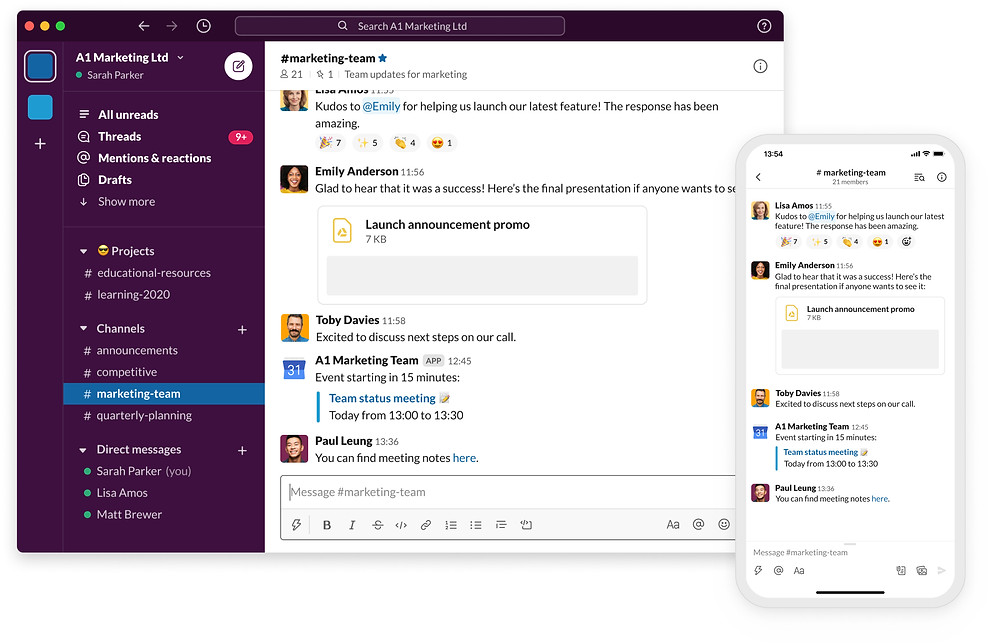
Slack allows the customer to create multiple chat rooms for various members and topics, and is therefore especially useful for project-oriented activity. This is why it has become the tool of choice for many companies to manage their team interactions.
The application also offers more features to handle content such as files, which certainly makes it a better platform than WhatsApp for larger communities where there is a lot of diverse content.
Although it is generally free, costs can mount up once you want to unlock some of its enhanced features such as the many great integrations it has on offer. Slack also allows customisation in terms of colour which means it can be tailored to match a particular brand better than WhatsApp does.
On the flipside, just like WhatsApp, the tool is fundamentally a chat platform and has issues with noise. This makes it less suitable for larger networks where engagement is built around a diverse array of content shared by the organisation. Although Slack allows you to circumvent some of this by setting specific topics for certain rooms, just like WhatsApp, it’s likely that effective communication drops as the number of people in a channel grows.
Managing conversations in multiple groups can become difficult if there is a need to cross pollinate information which is why we would only recommend Slack for smaller networks or larger ones that can split their audiences into distinct segments that don't need much cross-interactivity (hence why it works great for team interactions in big organisations).
The ideal Slack user: Larger networks that need a live chat tool for their various smaller independent teams. Alternatively, small networks where the whole community can be seen as a small team.
FACEBOOK GROUPS
This tool hardly needs an introduction! Most of us have been or are part of one (or most likely many more!) Facebook groups. Whether it’s the group for your school’s alumni, your gym, charities you support, or brands you follow, there is a Facebook group for everything – and with good reason!
Content and information can be accessed more effectively than in chat rooms, the tool is incredibly great for networks with peer-to-peer social interaction as a key focus and given that most users will already be on the platform, it can reduce barriers of engagement that might well present a challenge when introducing a new platform to your network. With Facebook being a free tool, it is certainly a great option – especially for organisations that don’t want to or can’t invest money but are happy to invest a lot of time.
However anyone that has used Facebook Group will share with you all the challenges that it has. Similar to Slack, organisations may end up having to manage several groups to share targeted content with the right people, and with Facebook’s changes to its' algorithm is not even guaranteed to be seen by everyone! Over the past few years, many group owners have shared that unless they pay to boost their posts, most of their groups members complain about missing important updates from the organisation.
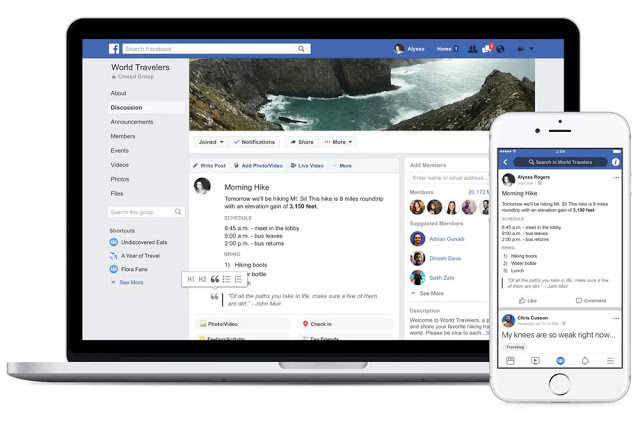
Facebook Groups customisations are also limited to some design elements like colour with the majority of the platform keeping its conventional branding. Lastly, as much as it is popular among some, there is certainly a growing movement way from Facebook to other platforms due to privacy concerns raised over the past few years.
The ideal Facebook user: Networks that are built around social interactions with users who are happy to use Facebook to maintain their deep engagement. We would certainly recommend it to organisations that are financially constrained or where there is only one member type, which makes it feasible to share their content in a space where noise, privacy, branding and managing multiple audience segments is less of a concern.
UGENIE
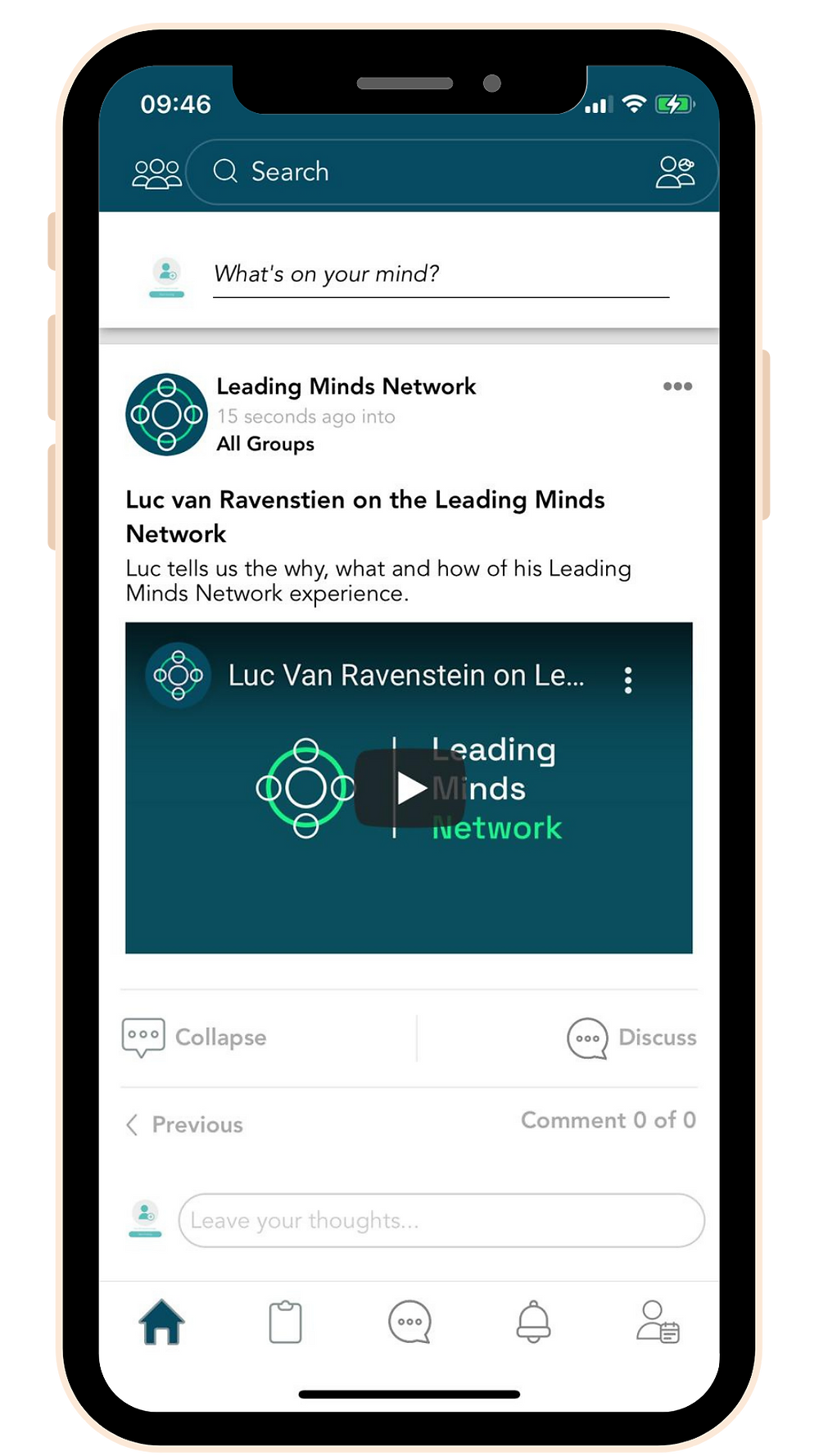
Ugenie is a professional community tool that takes elements of a Facebook group and wraps it into a mobile and web hub tailored for the organisation. As such, organisation get the benefits of social media functionality, with the addition of more customisations and privacy.
One of the biggest benefits is that it allows an organisation to manage multiple audiences in one space making it ideal for networks that have heterogeneous characteristics which inevitably arises for larger networks, and those which are organised in some pre-determined manner.
With the ability to create member types, sub-groups and hashtags, an organisation can target content more effectively and enables users can seek the information they are interested in. This naturally works well to keep engagement high. With Ugenie, organisations also have more control over branding in a similar way to Slack.
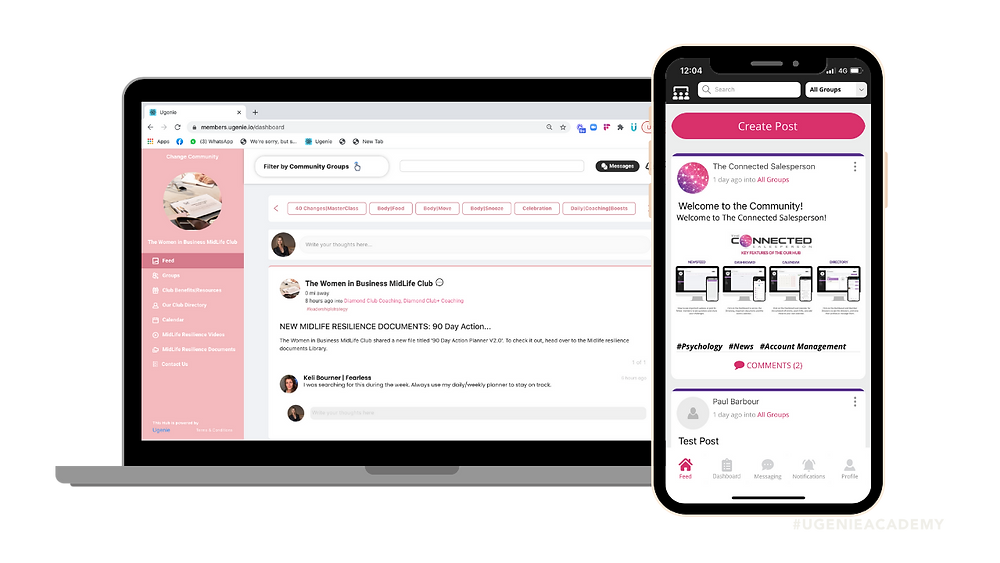
Being focused on businesses, there is additional support available. Whether tailored strategy planning or consultancy – there are various perks thrown into the package which allows an organisation to maximise the value of the community analytics that the platform provides.
This brilliant package does come with a cost as Ugenie does not have a freemium version. It should be seen as a business investment for organisations that want to efficiently manage their interactions with their audiences and further monetise these relationships.
The ideal Ugenie User: Segmented networks that are built around an organisation that shares a diverse array of content which it subsequently wants to monetise or manage more efficiently. Organisations that have a concern to provide a more private tailored and branded app experience to its network.
As you can see, all these tools have unique attributes to offer to their customers. With that said – and we know we might be biased – we do feel that Ugenie brings something to the table the other platforms lack.
If you would like to find out more about how Ugenie can help you grow and manage your network effectively, we’d love to hear from you. Get in touch or request a demo.
Share this
You May Also Like
These Related Stories

How does Ugenie compare to a social media group on WhatsApp, Slack or Facebook?

Using Facebook Alongside an Online Community Platform
